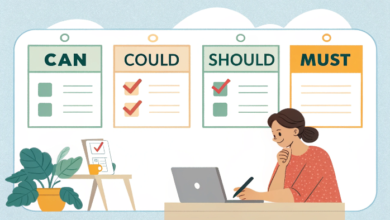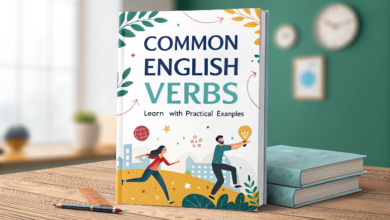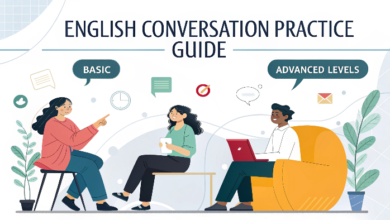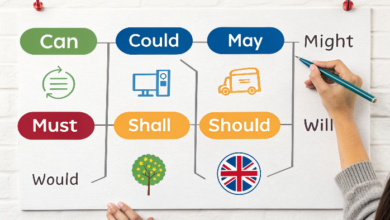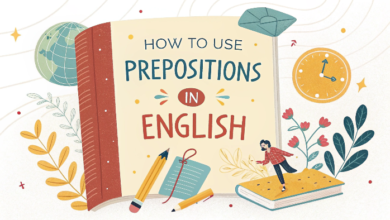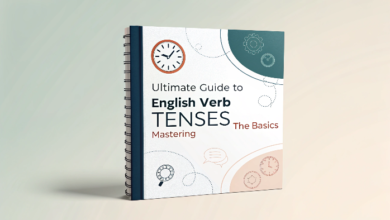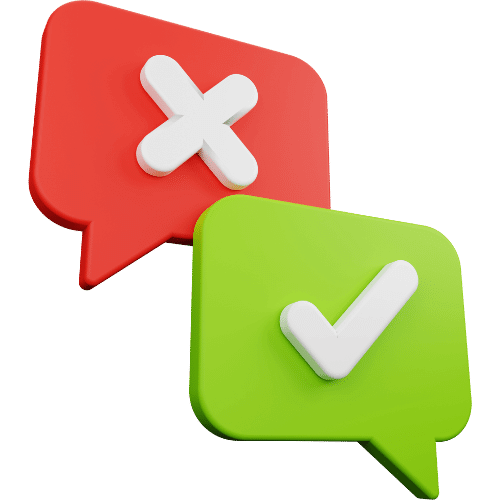Using Conditional Verbs in English: A Complete Guide
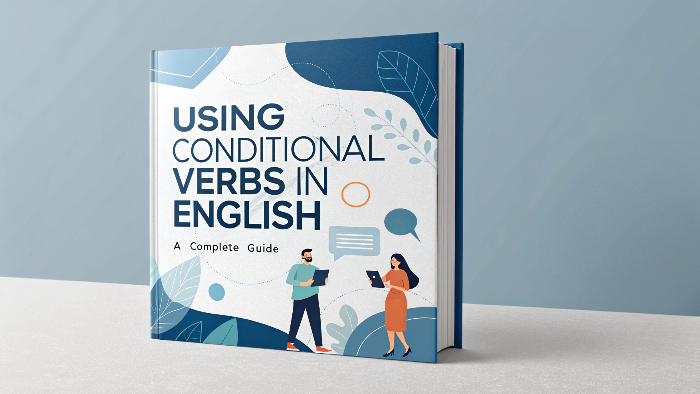
Using Conditional Verbs in English: A Complete Guide
Conditional verbs in English are essential for expressing situations that are based on certain conditions. These situations often involve hypothetical outcomes or events that depend on another action or condition. If you want to master English, understanding how to use conditional verbs is key.
In this complete guide, we’ll explore what conditional verbs are, how they are used, and provide examples of the different types of conditionals, with clear explanations, exercises, and answers to help you understand and practice them effectively.
What Are Conditional Verbs
Conditional verbs refer to verbs used in conditional sentences to express a possible or hypothetical situation, often indicating an outcome dependent on a condition. Conditional sentences in English typically contain two parts:
The if clause (condition).
The main clause (result).
For example:
If it rains, I will stay home.
In this case, “if it rains” is the condition, and “I will stay home” is the result.
There are different types of conditional sentences based on the degree of possibility and time involved. These are divided into zero, first, second, and third conditionals, each serving a different purpose in expressing conditions.
Types of Conditional Sentences
There are four main types of conditional sentences in English: zero, first, second, and third conditionals. Let’s take a look at each one:
Zero Conditional (General Truths or Facts)
The zero conditional is used to talk about things that are always true, like scientific facts, general truths, or things that happen regularly under certain conditions. It’s used for real, factual situations.
Structure:
If + Present Simple, + Present Simple
Example:
If you heat water to 100°C, it boils.
If the sun sets, it gets dark.
First Conditional (Possible or Likely Situations in the Future)
The first conditional is used to talk about possible or likely situations that may happen in the future if the condition is met. It expresses a realistic possibility.
Structure:
If + Present Simple, + Will + Base Verb
Example:
If it rains tomorrow, I will bring an umbrella.
If she studies hard, she will pass the exam.
Second Conditional (Hypothetical Situations in the Present or Future)
The second conditional is used to talk about hypothetical or unreal situations in the present or future. It often expresses things that are not likely to happen or are purely imagined.
Structure:
If + Past Simple, + Would + Base Verb
Example:
If I were rich, I would travel the world.
If she knew the answer, she would tell you.
Third Conditional (Hypothetical Situations in the Past)
The third conditional is used to talk about situations that did not happen in the past. It expresses regret or a missed opportunity, and the result is purely hypothetical.
Structure:
If + Past Perfect, + Would Have + Past Participle
If I had studied harder, I would have passed the exam.
If they had left earlier, they would have caught the train.
How to Use Conditional Verbs in Sentences
To use conditional verbs correctly, it’s important to follow the right structure for each type of conditional. Let’s break down how to use them in sentences:
Using the Zero Conditional
The zero conditional is perfect for stating facts or things that always happen under certain conditions. Here’s an example:
If I mix red and blue, I get purple.
If you add sugar to tea, it becomes sweet.
These are always true situations.
Using the First Conditional
The first conditional is used for actions that may happen in the future if the condition is met. It suggests a real possibility.
If I finish my homework, I will go out with friends.
If it doesn’t rain, we will have a picnic.
These are likely events that could happen.
For more, go to the next page

